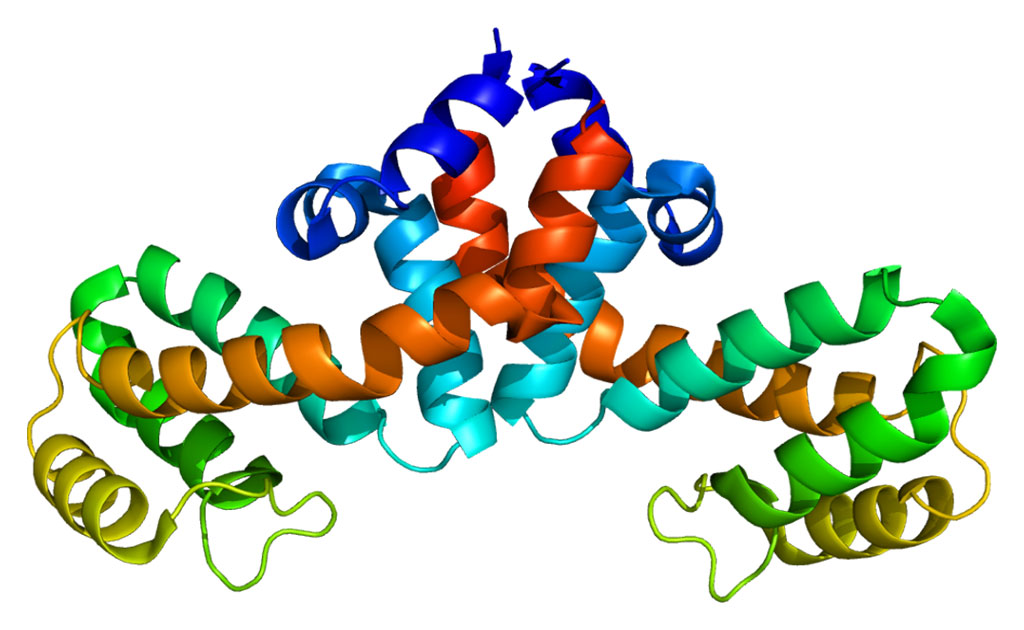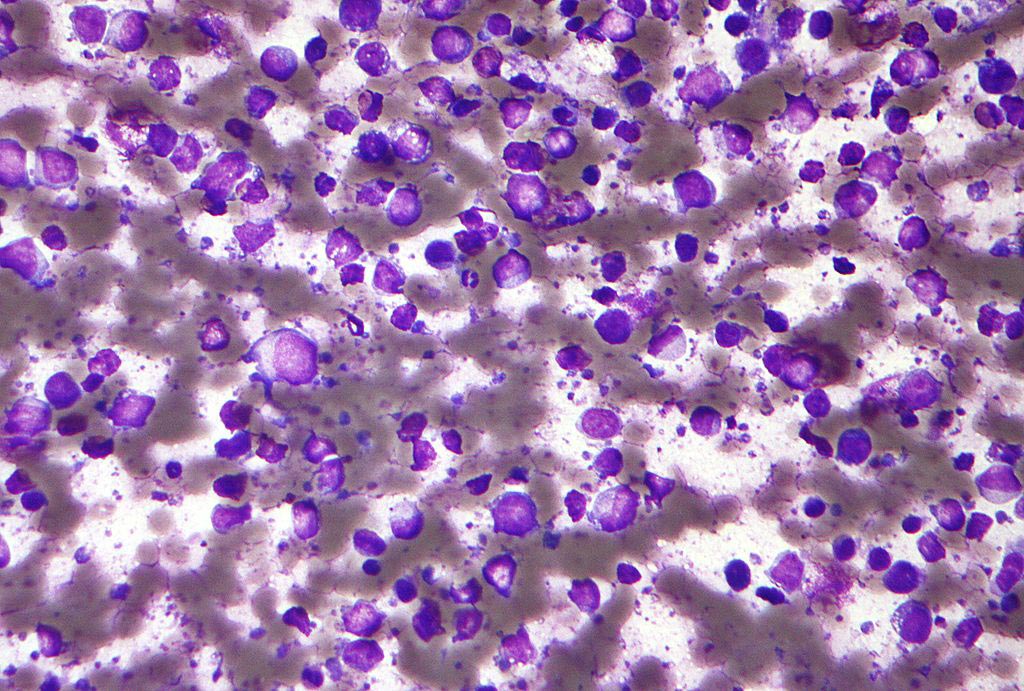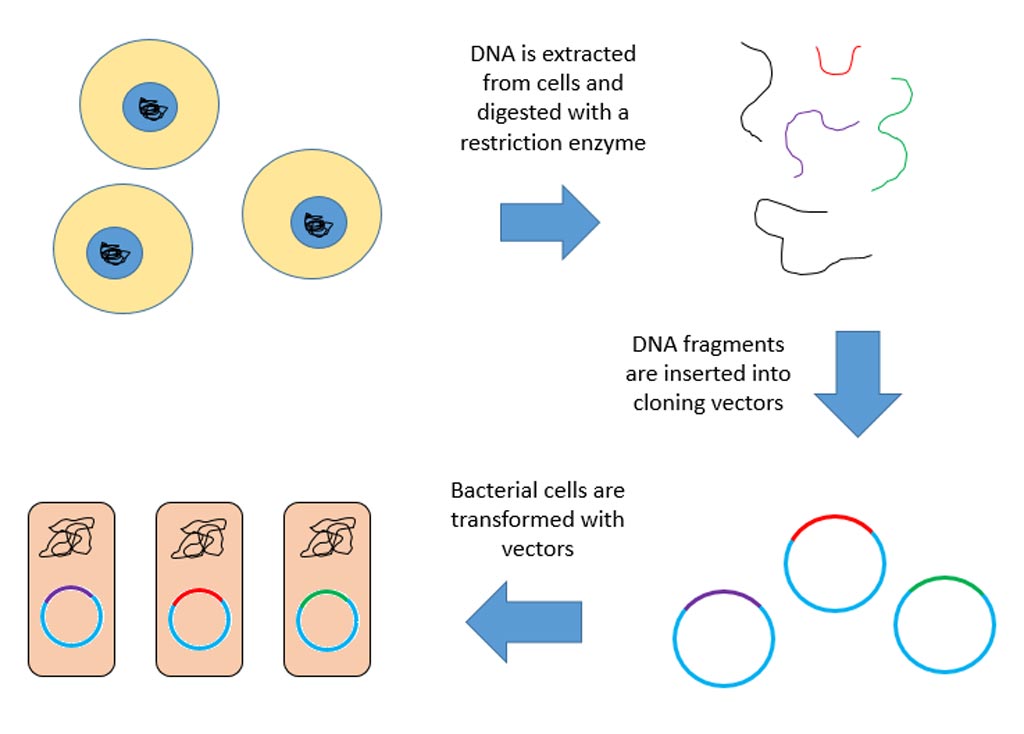New Diabetes Drug Fights Obesity While Controlling Glucose Metabolism
By LabMedica International staff writers
Posted on 11 Nov 2013
A synthetic peptide that targets receptors for the naturally occurring incretin hormones GLP-1 and GIP is being developed into a drug for the management of diseases associated with impaired glucose tolerance.Posted on 11 Nov 2013
Incretins are a group of gastrointestinal hormones that cause an increase in the amount of insulin released from the beta cells of the islets of Langerhans after eating, even before blood glucose levels become elevated. They also slow the rate of absorption of nutrients into the blood stream by reducing gastric emptying and may directly reduce food intake. They also inhibit glucagon release from the alpha cells of the Islets of Langerhans.
The two main candidate molecules that fulfill criteria for an incretin are glucagon-like peptide-1 (GLP-1) and gastric inhibitory peptide (also known as glucose-dependent insulinotropic polypeptide or GIP). Both GLP-1 and GIP are rapidly inactivated by the enzyme dipeptidyl peptidase-4 (DPP-4).
Investigators at Indiana University (Bloomington, USA) developed a "unimolecular dual incretin" derived from an intermixed peptide sequence from GLP-1 and GIP. They reported in the October 30, 2013, online edition of the journal Science Translational Medicine that this compound corrected two causal mechanisms of diabetes-linked obesity, i.e., adiposity-induced insulin resistance and pancreatic insulin deficiency, more effectively than did selective mono-agonists. This superior efficacy translated across rodent models of obesity and diabetes, including db/db mice and ZDF rats, to primates (cynomolgus monkeys and humans).
"The current study demonstrates clearly that combining GLP-1 and GIP can produce improved therapeutic effects," said contributing author Dr. Richard DiMarchi, professor of chemistry at Indiana University. "It achieved results comparable to those that resulted from a 10-fold higher dose of agents that target only GLP-1 receptors."
"The results demonstrate that GLP-1 and GIP, when built into a single molecule, provide synergistic activity to control glucose and lower body weight across a spectrum of animal models, including in human clinical experiments," said Dr. DiMarchi. "Currently approved drugs are quite effective, but they are insufficient in normalizing glucose, and they certainly do not cause much loss of body weight."
Clinical trials conducted by Roche (Basel, Switzerland) demonstrated a decrease in glucose levels beyond what would be expected from conventional treatment. However, the six-week trial was not of significant duration to provide definitive evidence about weight loss in humans.
Related Links:
Indiana University
Roche














